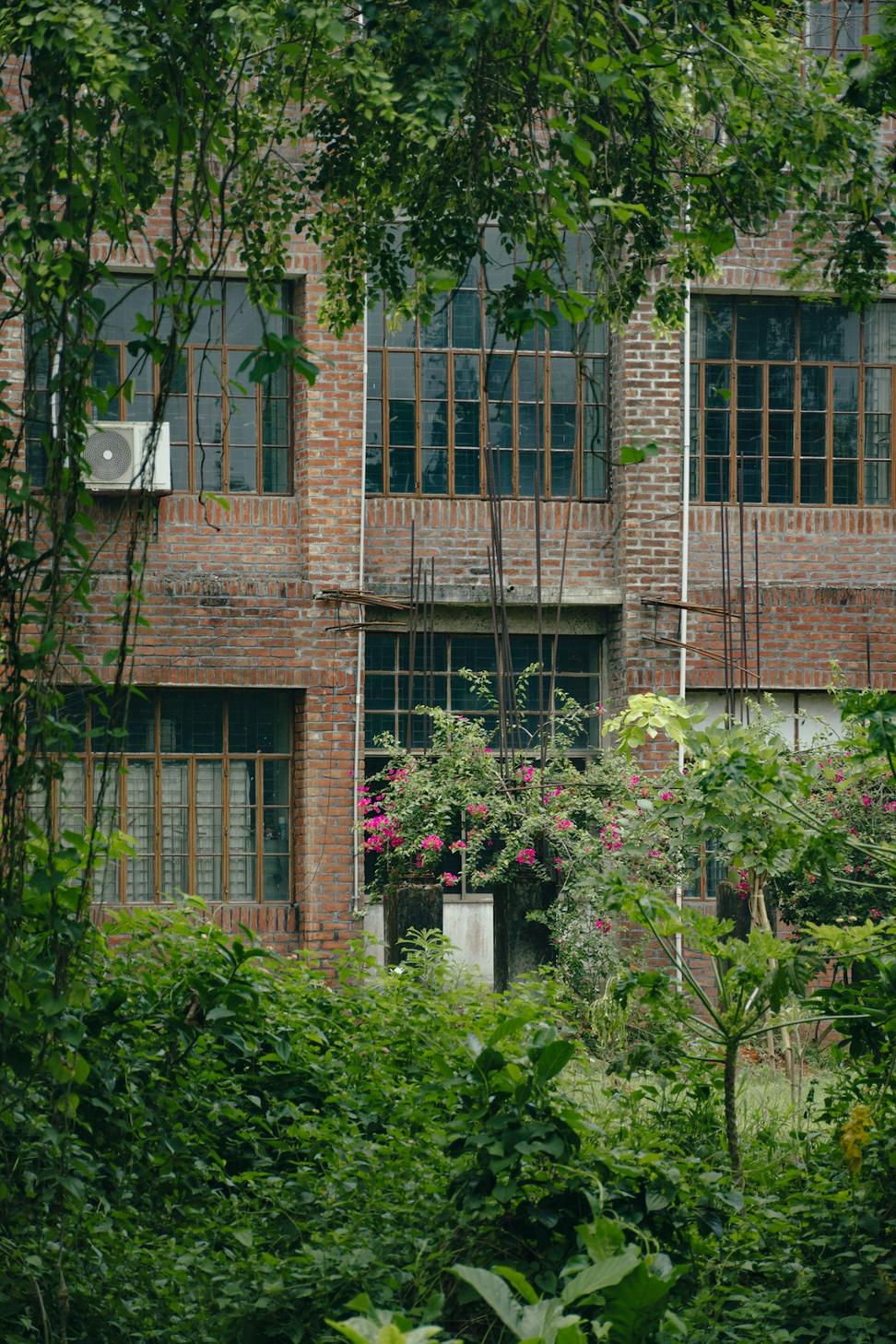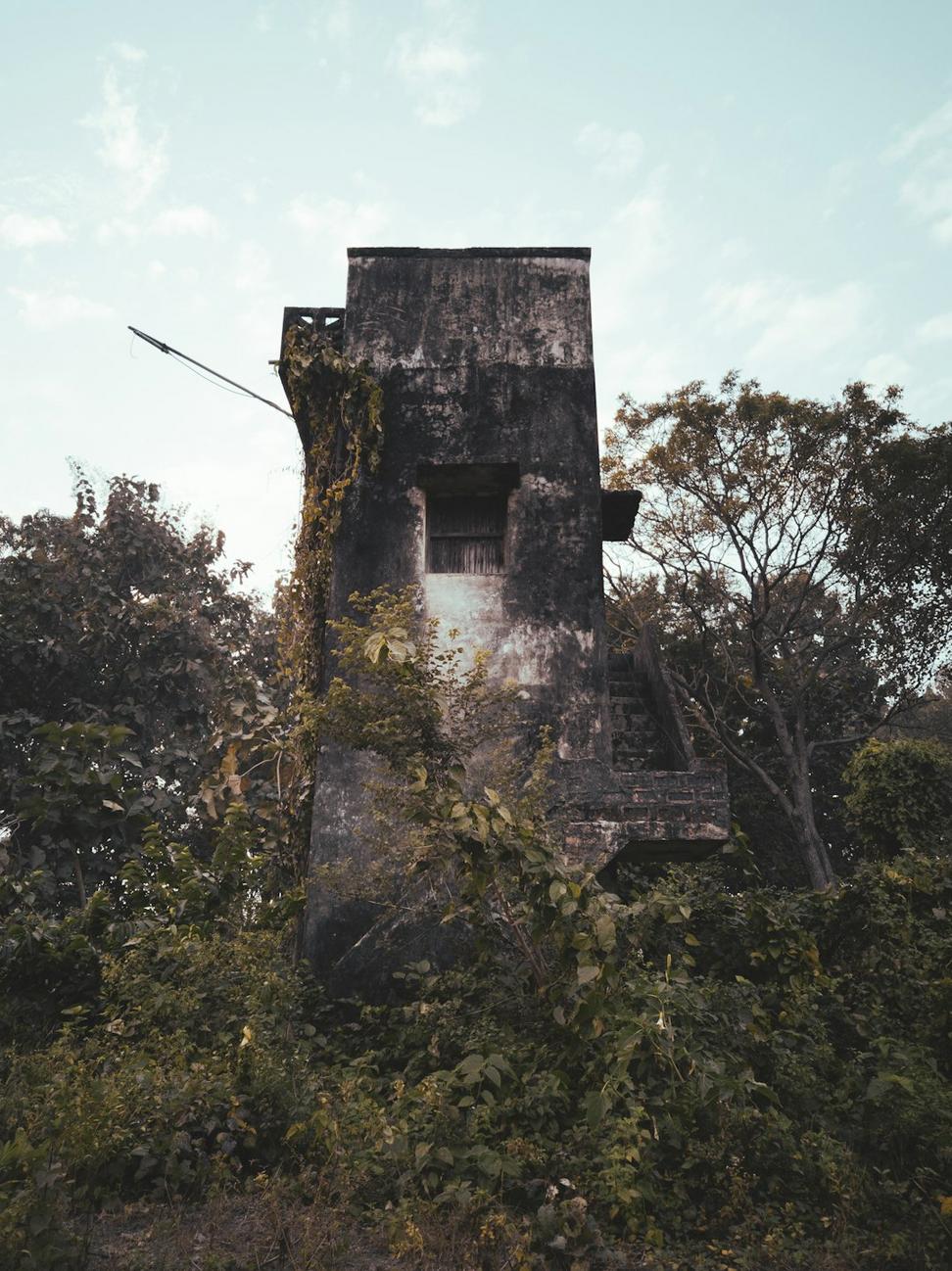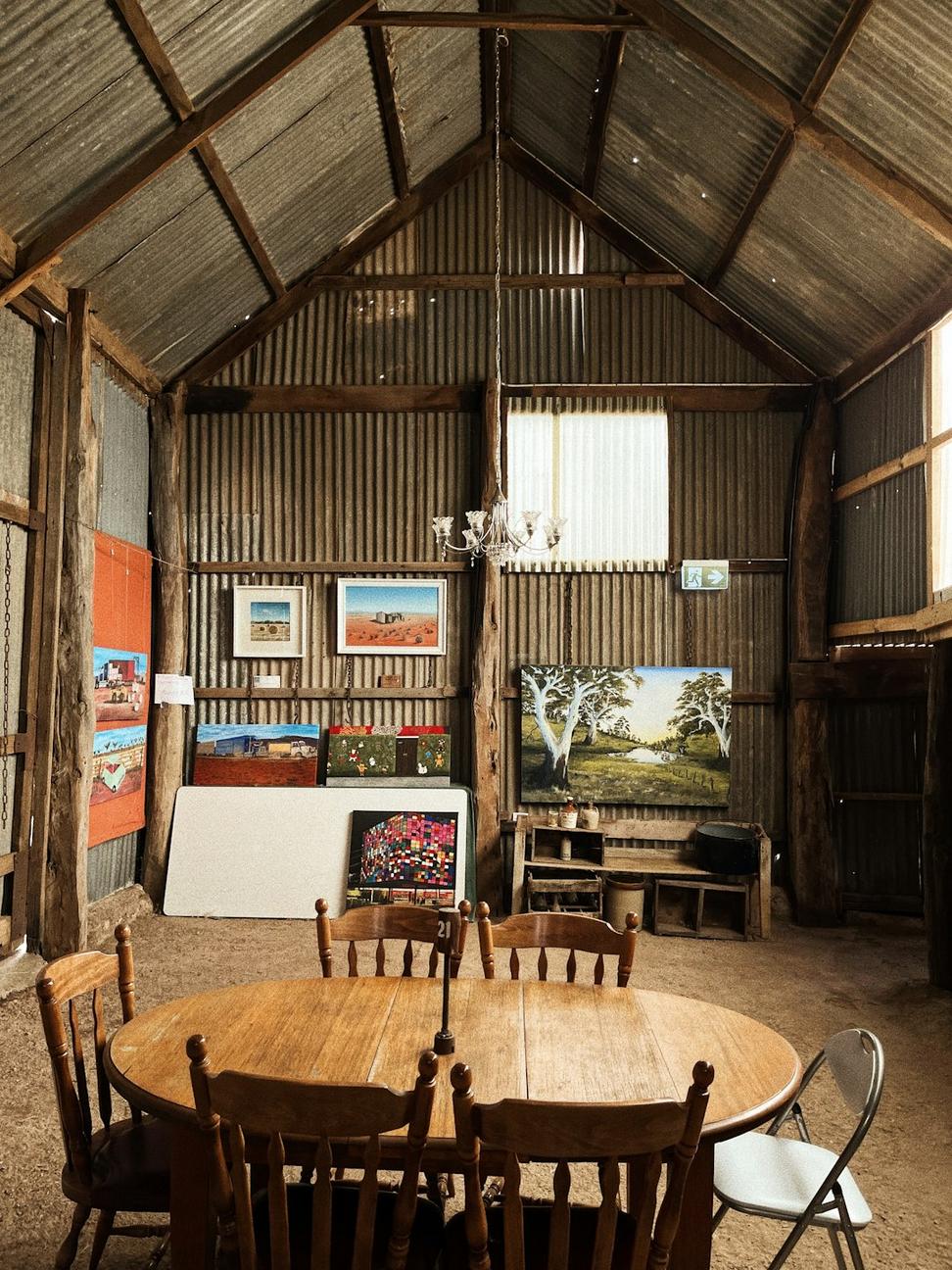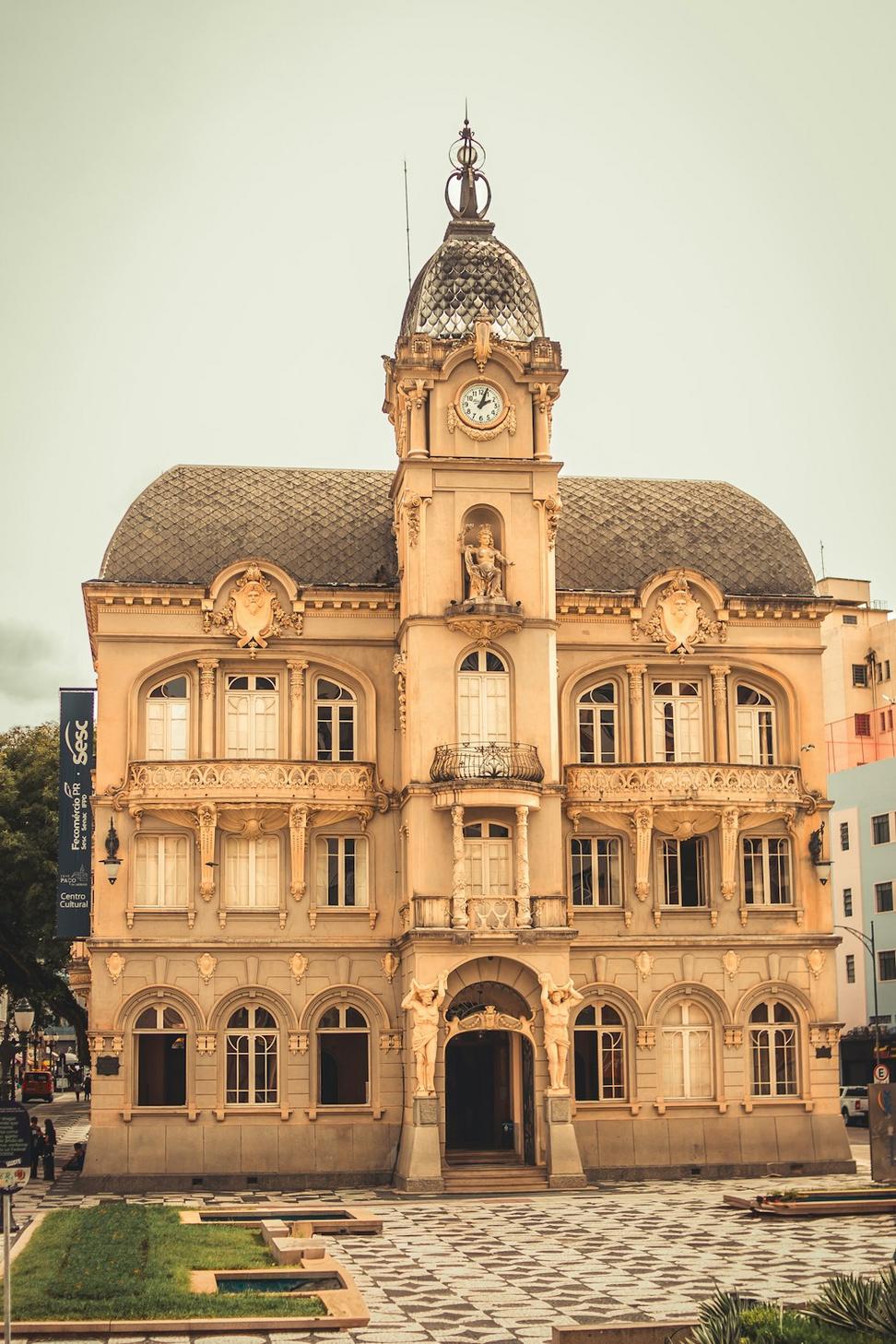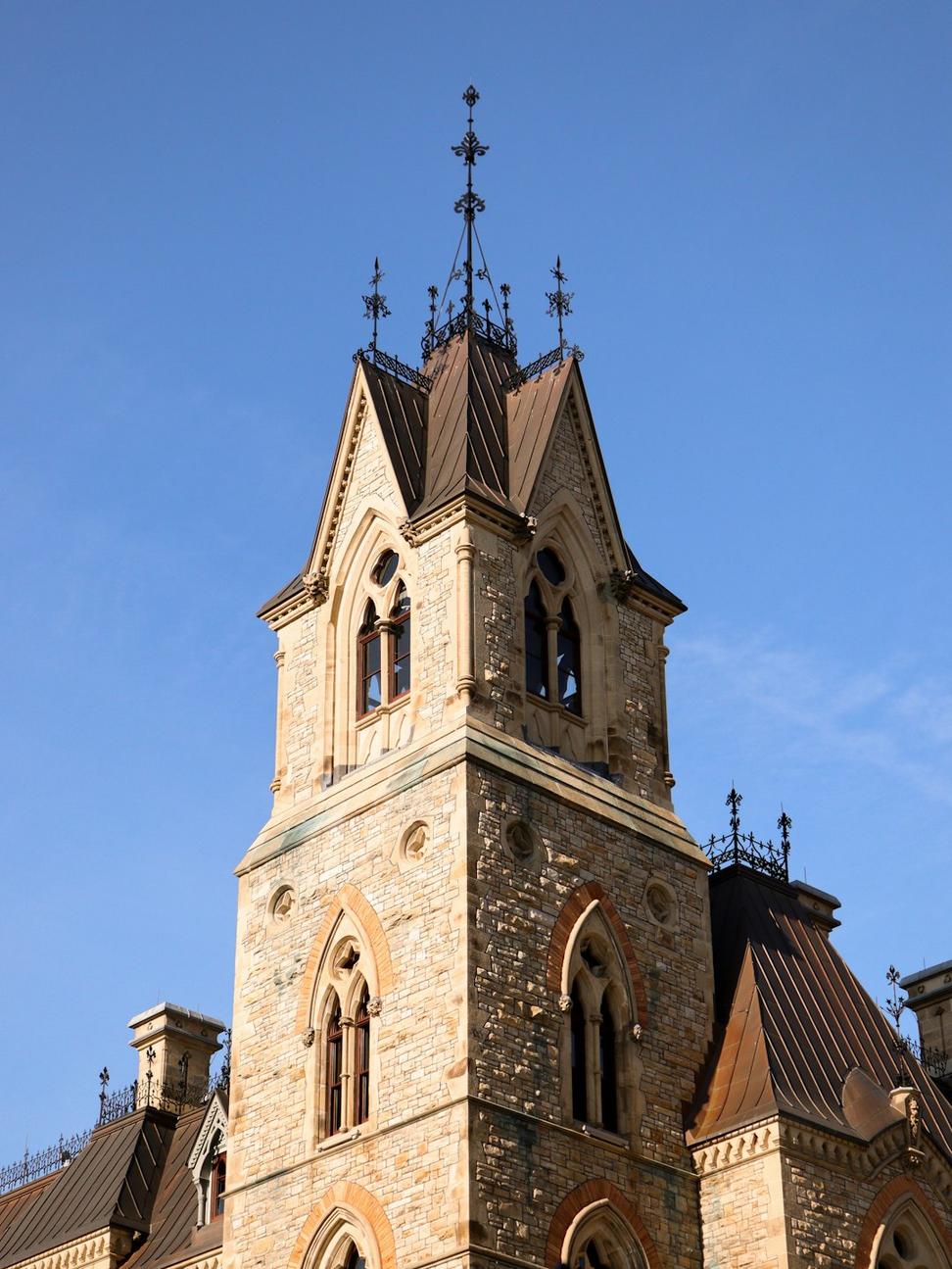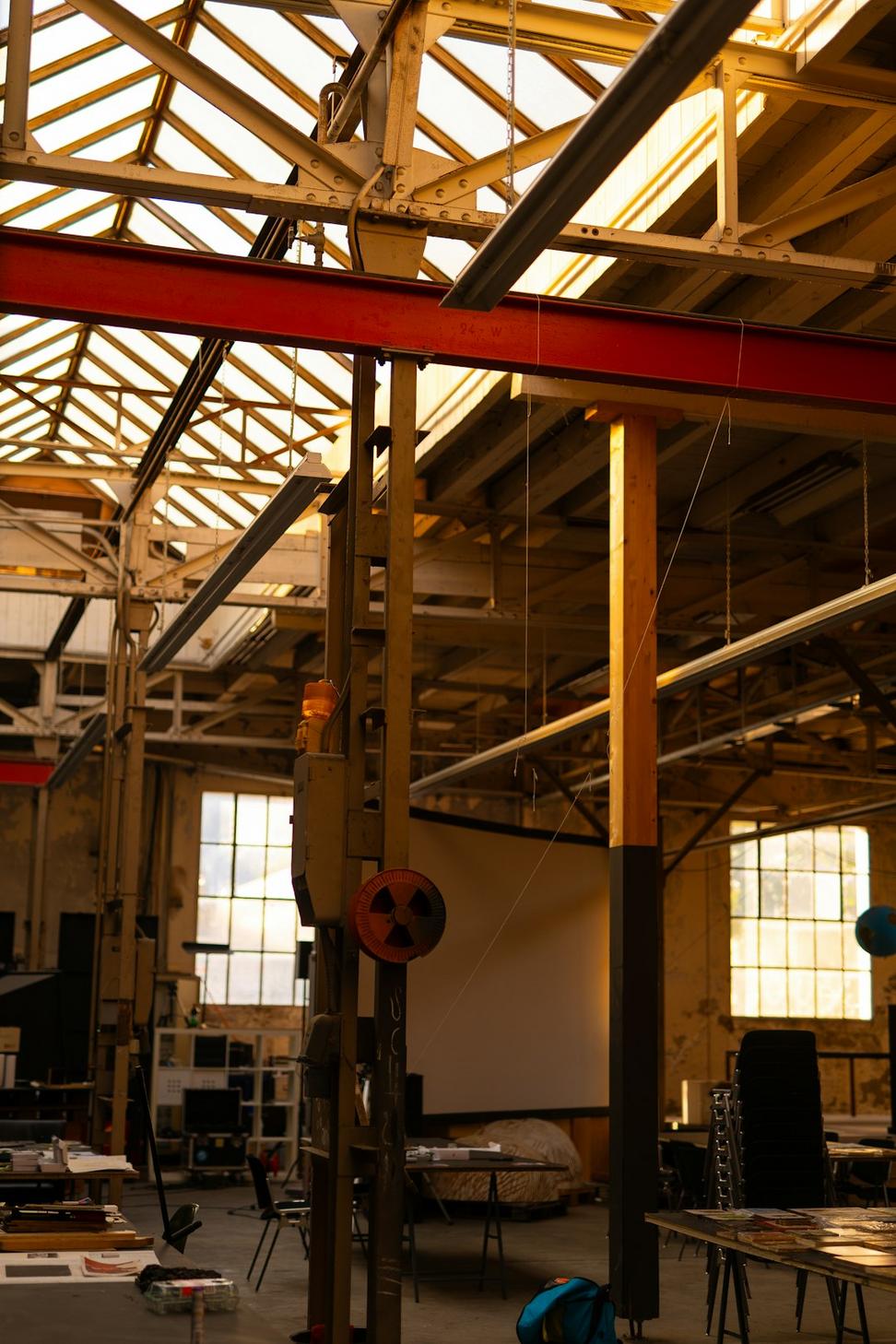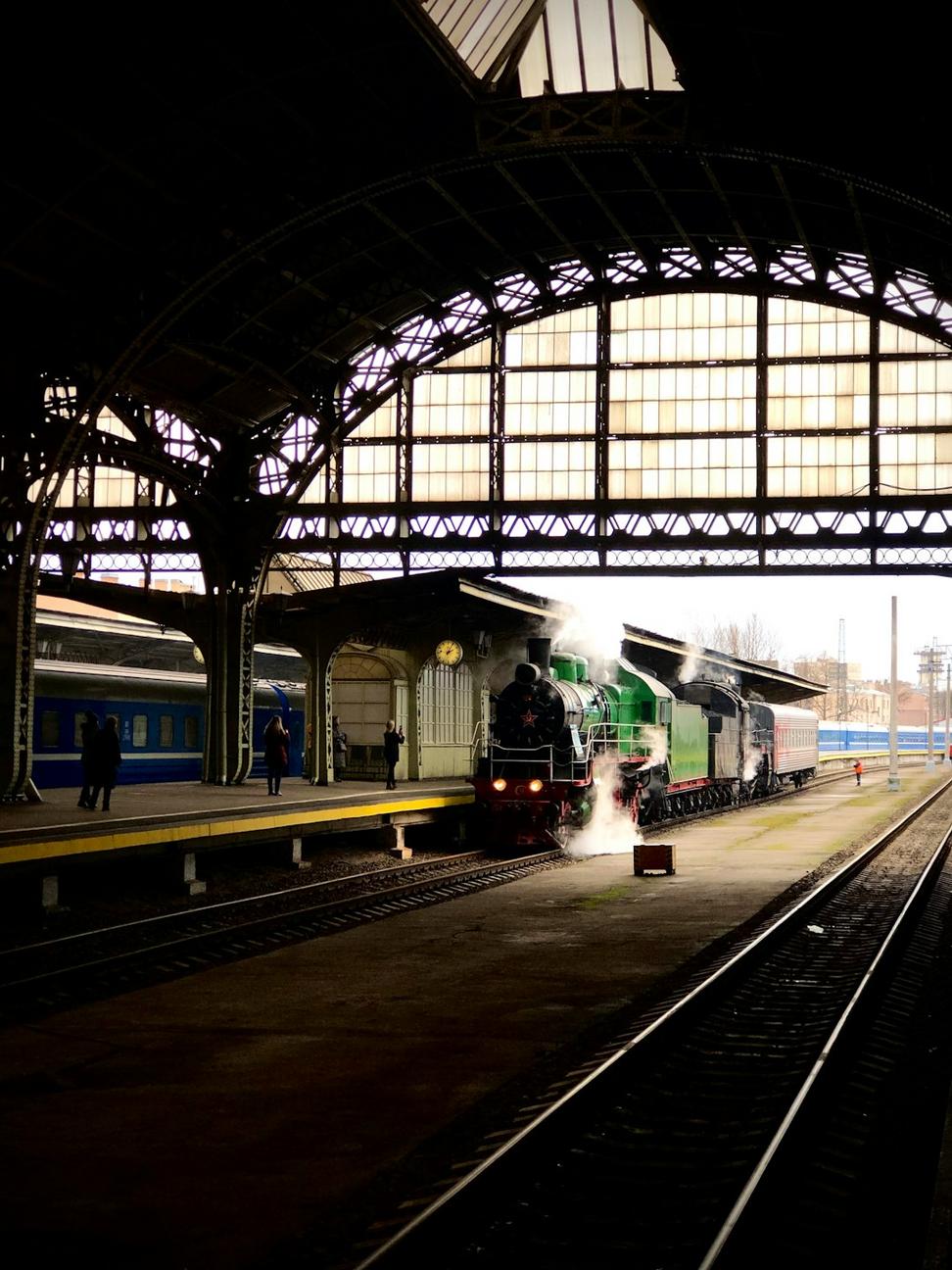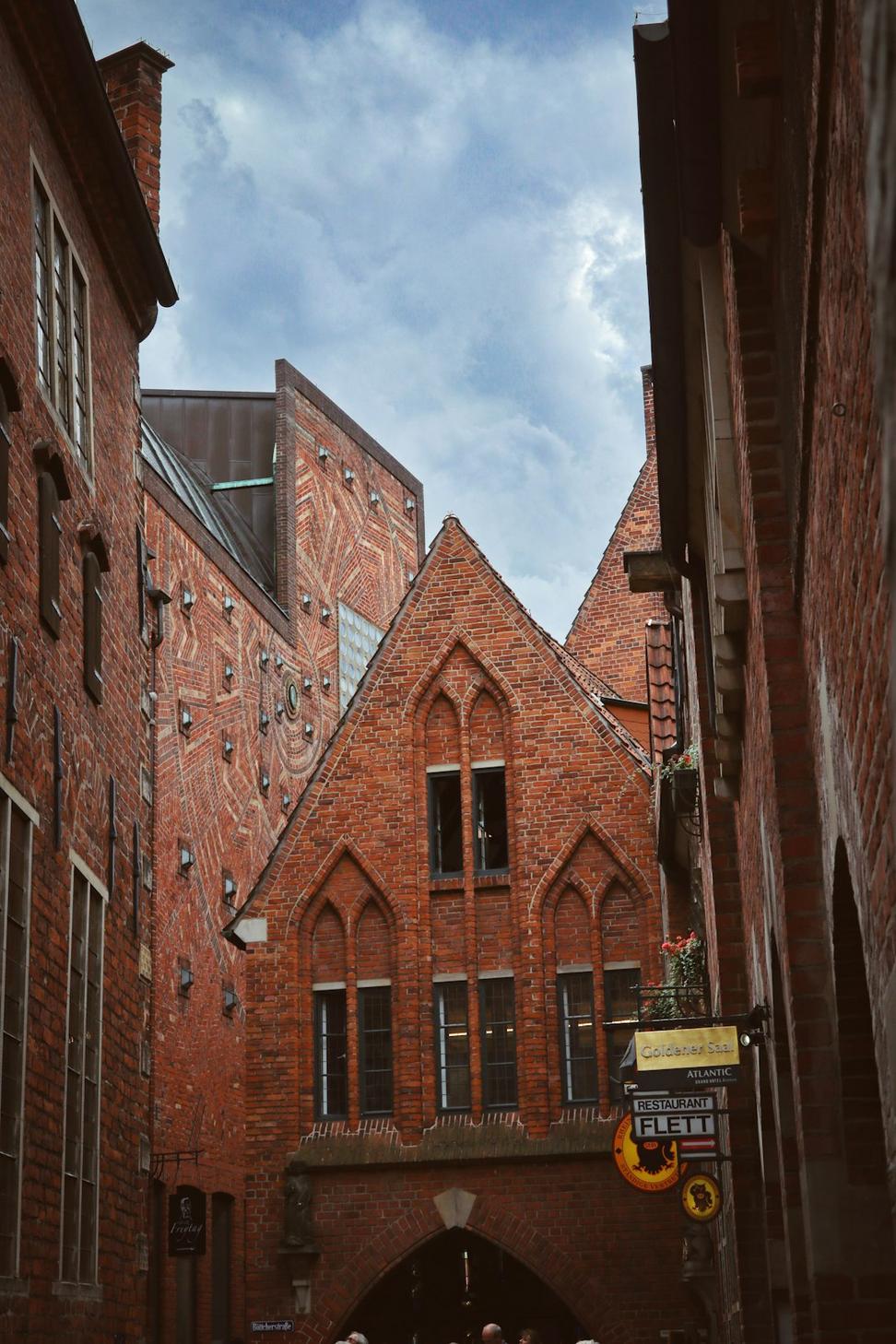Featured Restorations
These projects represent years of research, careful planning, and honestly, a few sleepless nights worrying about getting the details right.
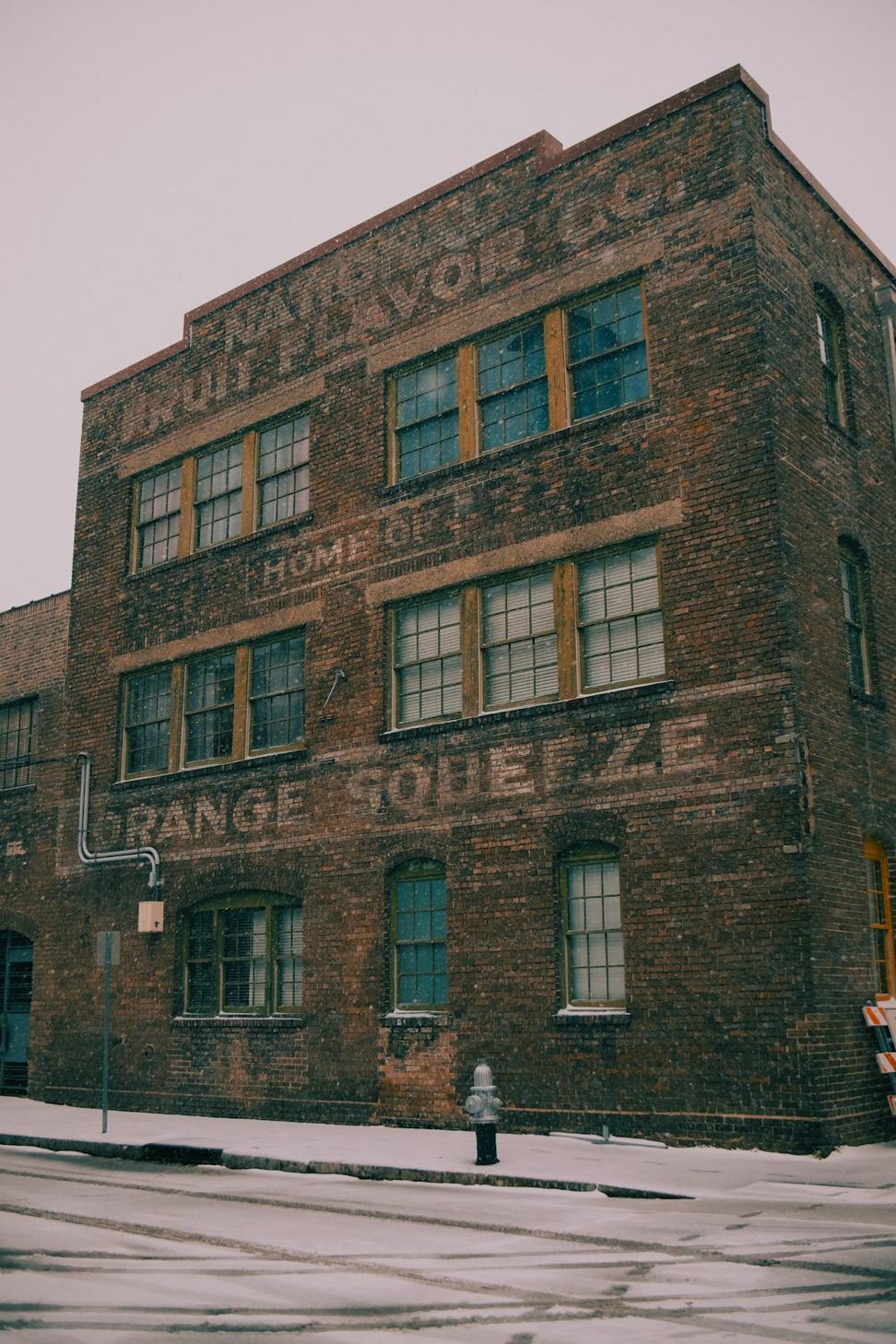
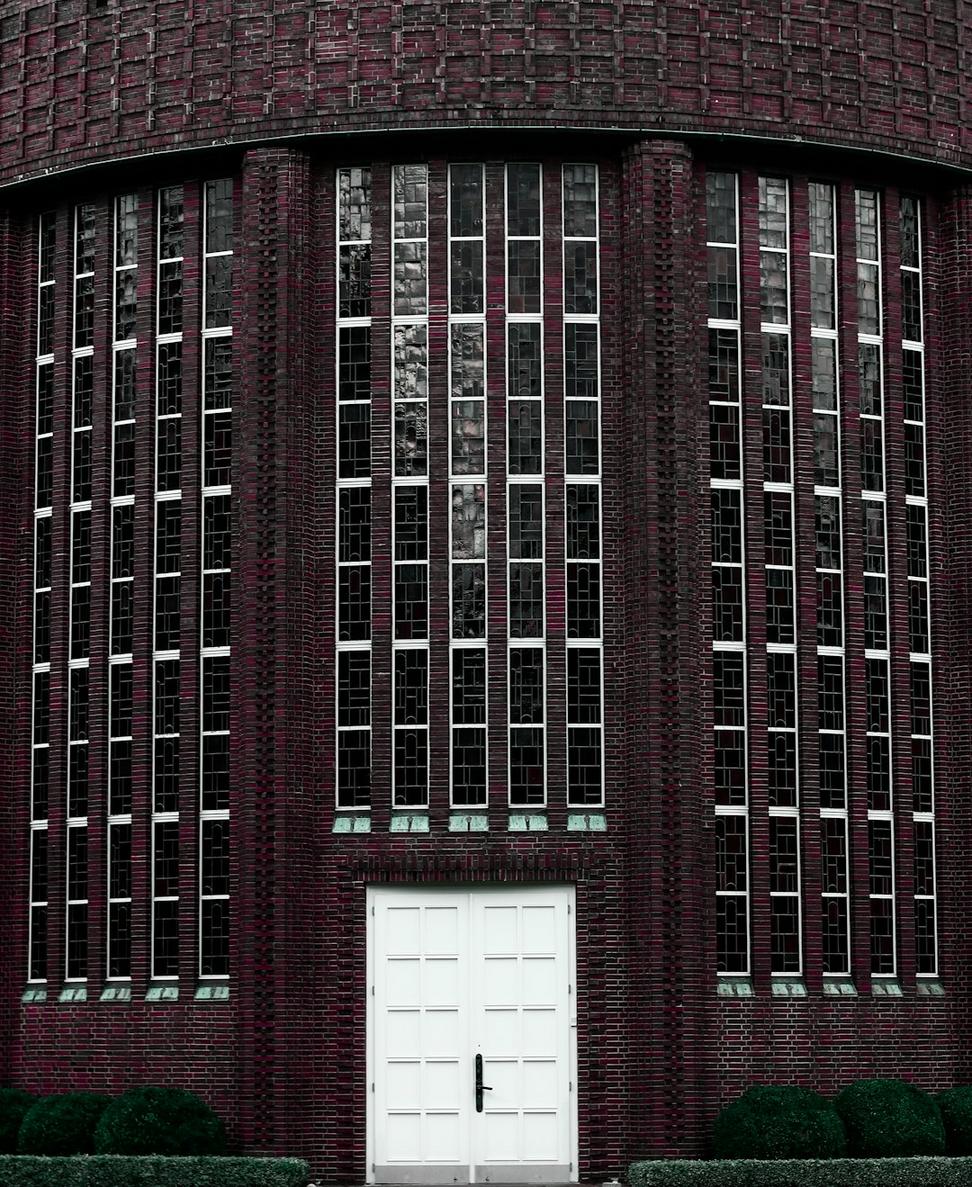
The Distillery District Cooperage
Toronto, ON | Completed 2021
Historical Timeline
Walking into this place for the first time was like stepping back into the 1850s—minus the whiskey smell. The timber frame was still solid (those old-growth beams don't mess around), but decades of water damage had taken their toll on the brick envelope.
We spent three months just documenting every detail before touching anything. Found original cooperage marks on the beams, layers of historic paint that told us about color schemes through the decades, even some worker graffiti from 1887 that we carefully preserved behind glass.
The trick was inserting modern building systems—HVAC, electrical, proper insulation—without compromising the structure's character. We used traditional lime mortar for brick repairs (cement would've been wrong for the period and damaging long-term) and worked with heritage consultants to match the original window profiles while meeting current energy codes.
92%
Original Materials Preserved
LEED Gold
Sustainability Certification
28 Months
Design & Construction
